Imagine lying on a pristine beach. You are alone, with nothing but a beach chair and the sound of those turquoise waves breaking on the white sand to keep you company. Can you picture it? Yes, but can you actually picture it? Like, do you see the waves moving and breaking, do you see the sand sifting between your toes? Or do you see… nothing?
If you’re like about two percent of the population, you see nothing—a newly-discovered condition known as aphantasia. Discovered in 2015, the study of aphantasia is complicated by the fact that it’s hard to determine whether aphantasia is even real. We can’t look into each other’s minds to see what the other sees. So when people are asked to imagine things and describe what they see, it’s hard to tell whether they are just seeing the same thing and describing them differently.
Some researchers in Australia are trying to get to the root of this problem. In a small study, published recently in the journal Cortex, researchers used a technique called “binocular rivalry” to test the existence of aphantasia.
Participants—comprised of 15 self-reported aphantasiacs and 200 individuals without aphantasia—were given a pair of 3D glasses, with one lens showing a green circle with horizontal lines, and the other lens showing a red circle with vertical lines. Rebecca Keogh, lead author of the study, explained: “When you show one image to one of your eyes and one image to the other eye, instead of seeing a mix of the two images, you see one or the other.”
Before putting the glasses on, participants were shown one of the images, and then asked to hold it in their mind’s eye for six seconds. Then, both of the images were shown to them through the glasses a total of 100 times.
For the participants without aphantasia, they were more likely to see the image that they pictured in their mind. Depending on how well they could imagine it, the numbers would vary. “People who are very good at imagining pictures would see the image that they imagined maybe 80 percent of the time,” said Keogh. “People with weaker imagery might only see it 60 percent of the time.”
For the aphantasiacs, however, there was no correlation, which Keogh theorized indicated that they could not produce a mental image at all.
The reason why some individuals are unable to picture things is unclear, but it may be because of differences in brain functioning.
“When you try to imagine a picture, you are trying to recreate the same pattern of response in your brain as when you saw the image,” said Keogh. “We think that [people with aphantasia] are not able to create the same pattern response in their brains.”
How does aphantasia affect people? Keogh says it does not seem to inhibit people’s success in life. However, it can make recognizing faces, special navigation and recalling memories more difficult. “When we try to remember things from our past, most of us will find that it’s like playing a movie in our mind, we can just relive that moment. For them, it’s more like a list of things that have occurred.”
There may even be some benefits to aphantasia. It can protect individuals from experiencing too much visual imagery, such as in individuals experiencing post-traumatic stress disorder.
In the future, Keogh hopes there might be methods to improve the way brains of people with aphantasia function—either through brain training or electrical stimulation. But for now, more research needs to be done to better understand the condition.
Do you think you may be one? Try taking this abridged test, and see how you score.




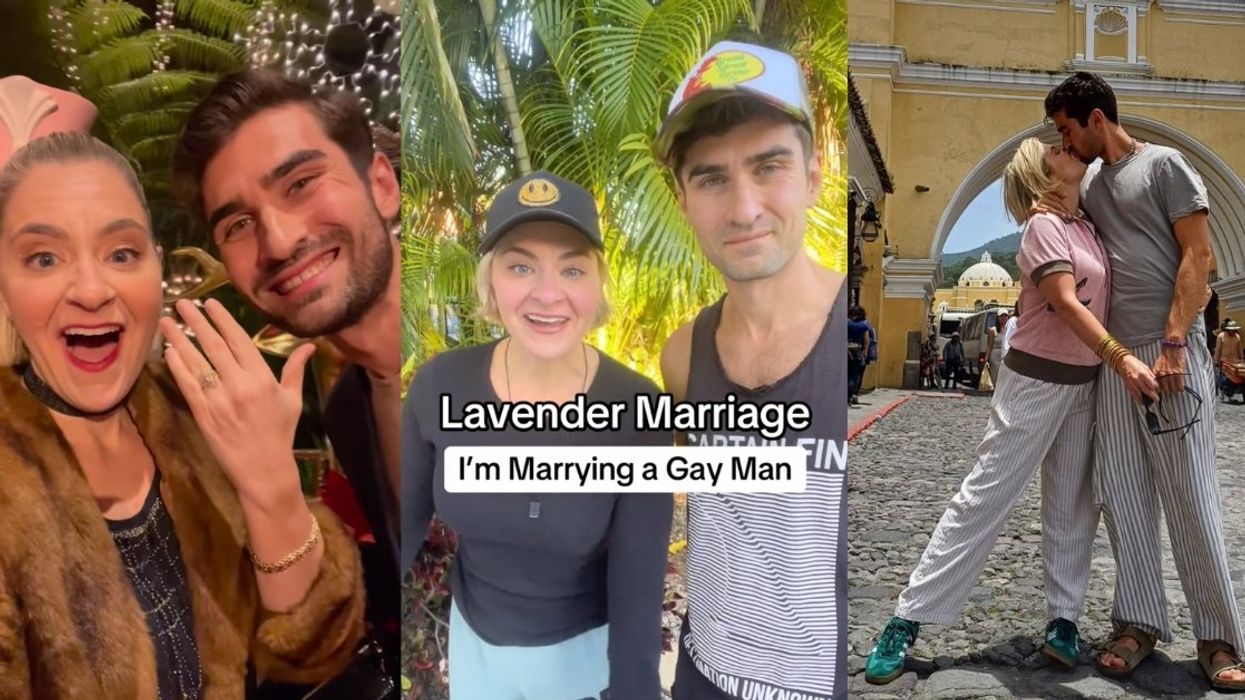

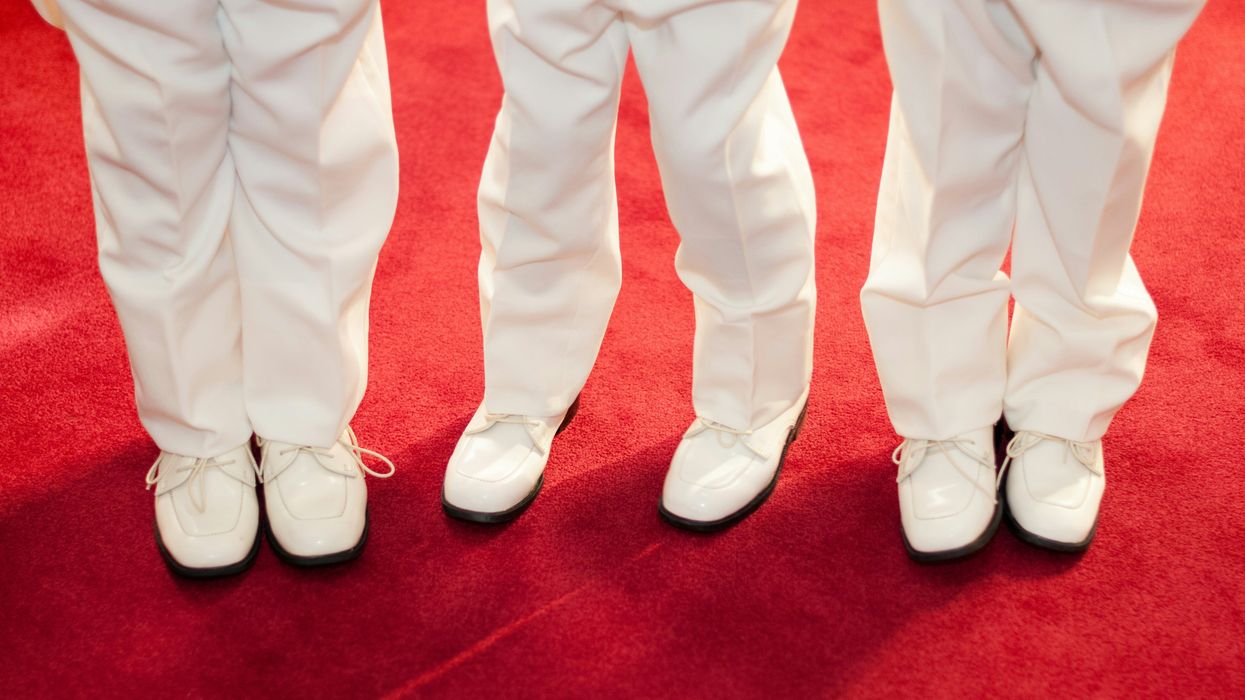



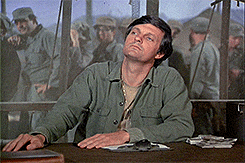




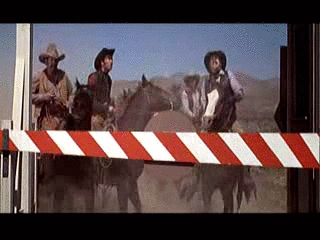

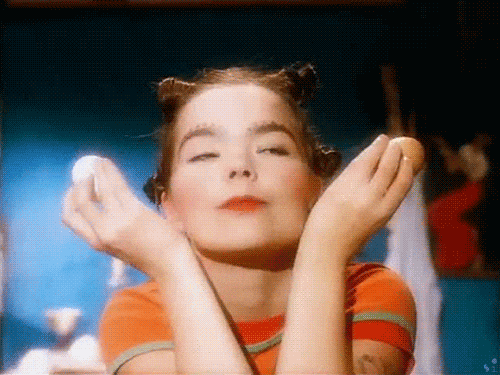
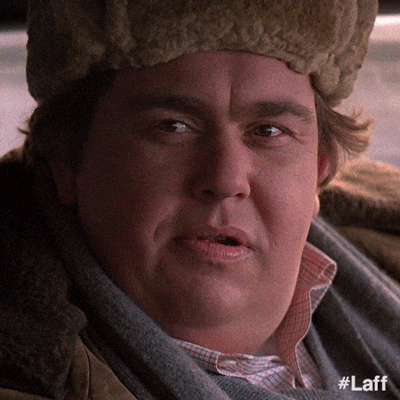
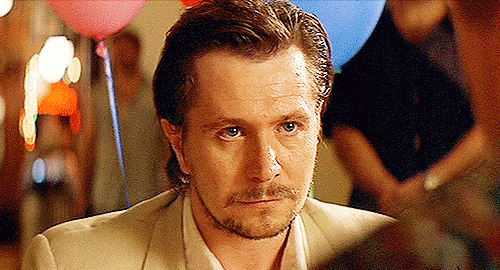







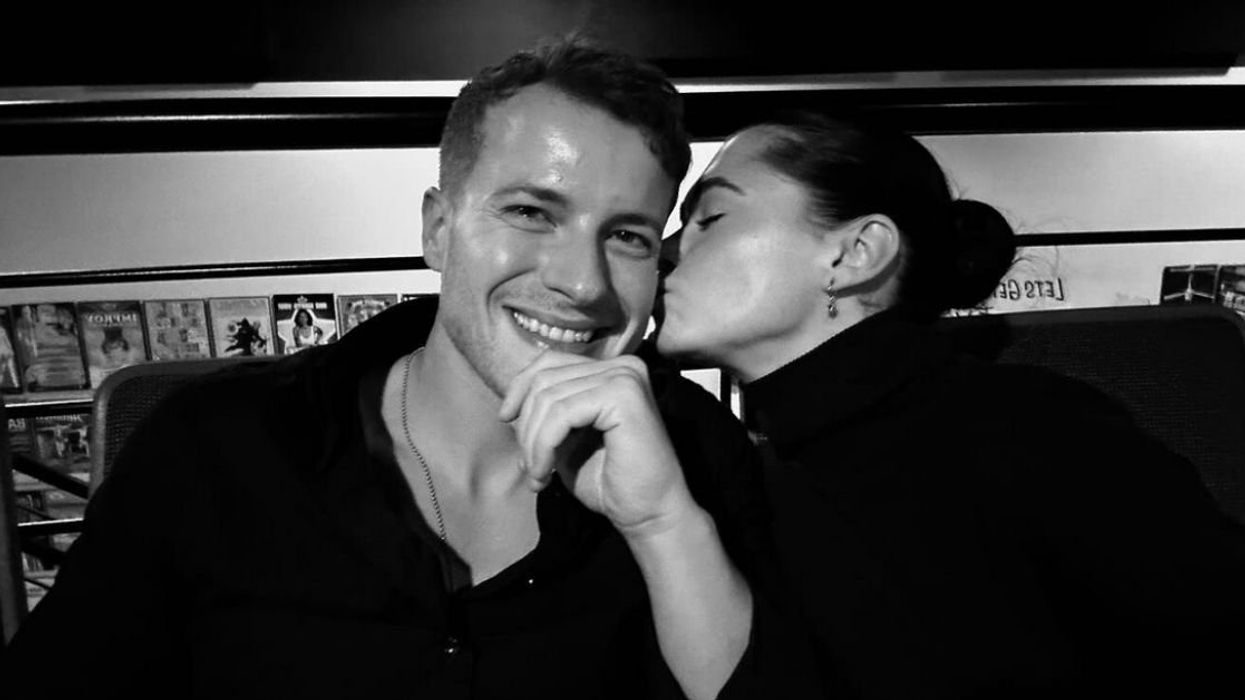
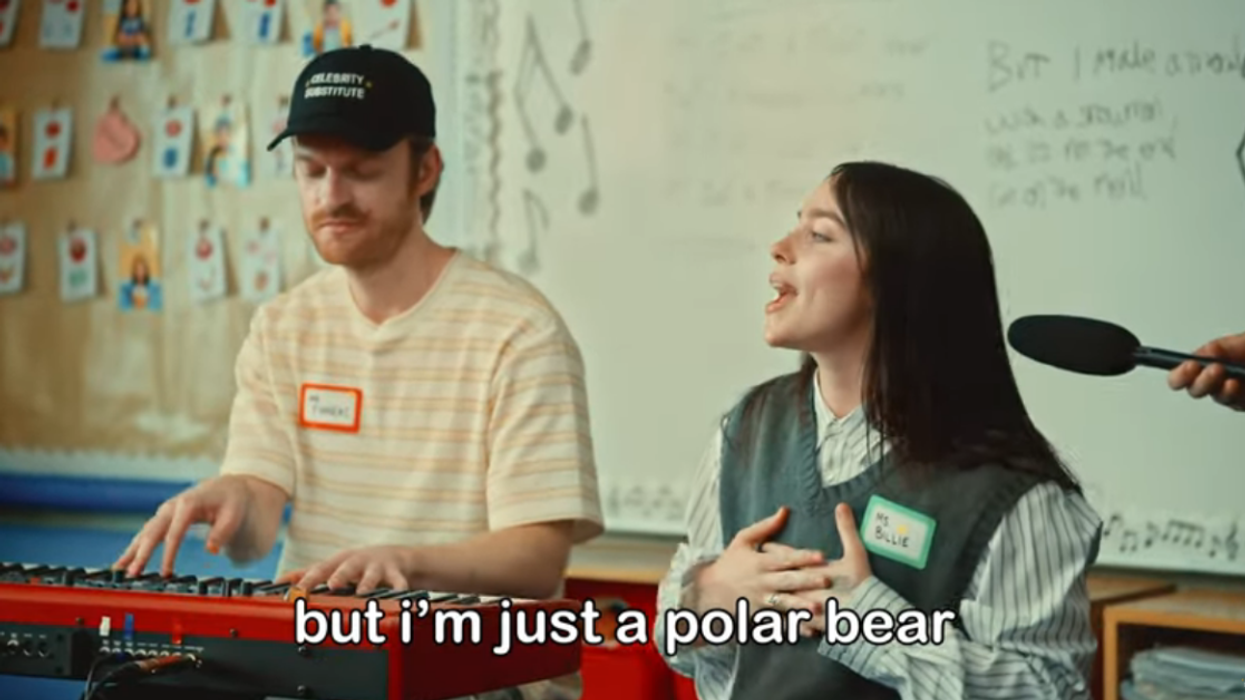


 @jettymay/TikTok
@jettymay/TikTok @jettymay/TikTok
@jettymay/TikTok @jettymay/TikTok
@jettymay/TikTok @jettymay/TikTok
@jettymay/TikTok @danahschremmer/TikTok
@danahschremmer/TikTok @danahschremmer/TikTok
@danahschremmer/TikTok @danahschremmer/TikTok
@danahschremmer/TikTok @danahschremmer/TikTok
@danahschremmer/TikTok @danahschremmer/TikTok
@danahschremmer/TikTok @danahschremmer/TikTok
@danahschremmer/TikTok @danahschremmer/TikTok
@danahschremmer/TikTok @danahschremmer/TikTok
@danahschremmer/TikTok @danahschremmer/TikTok
@danahschremmer/TikTok @danahschremmer/TikTok
@danahschremmer/TikTok @danahschremmer/TikTok
@danahschremmer/TikTok
 @realDonaldTrump/Truth Social
@realDonaldTrump/Truth Social @harryjsisson/Bluesky
@harryjsisson/Bluesky @harryjsisson/Bluesky
@harryjsisson/Bluesky @truthbeholden/Bluesky
@truthbeholden/Bluesky @realDonaldTrump/Truth Social
@realDonaldTrump/Truth Social @realDonaldTrump/Truth Social
@realDonaldTrump/Truth Social @repsagainsttrump/X
@repsagainsttrump/X @cwebbonline.com/Bluesky
@cwebbonline.com/Bluesky  @kibbitz/Bluesky
@kibbitz/Bluesky @drericding/Bluesky
@drericding/Bluesky